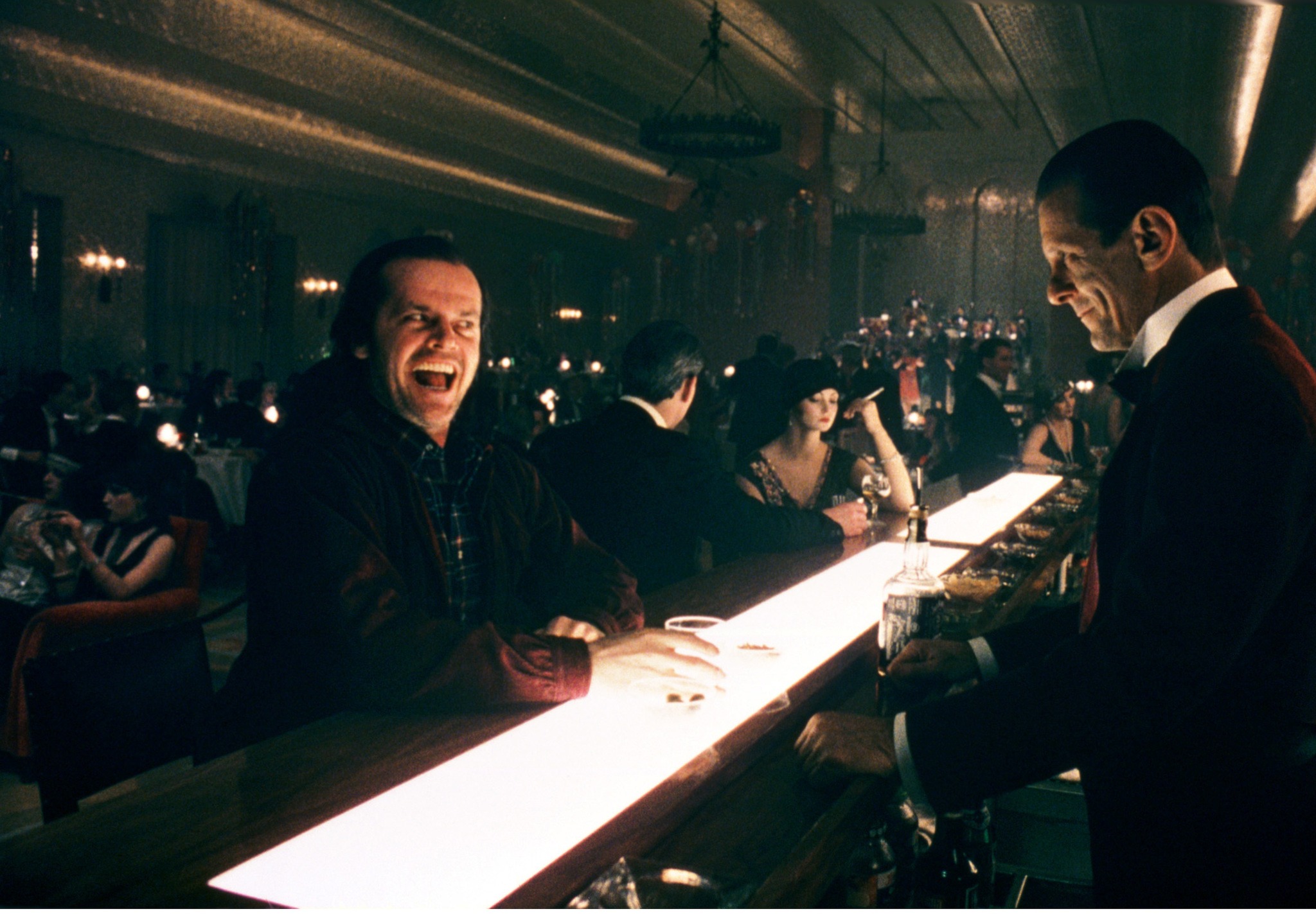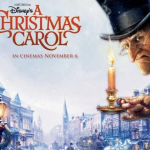The Shining (1980)

Stanley Kubrick’s “The Shining,” released in 1980, is widely regarded as one of the most influential and enigmatic films in the horror genre. Adapted from Stephen King’s 1977 novel of the same name, the film is a masterclass in psychological horror, blending disturbing imagery with a haunting atmosphere to create a cinematic experience that continues to captivate and terrify audiences.
At the heart of “The Shining” is the story of Jack Torrance (Jack Nicholson), an aspiring writer and recovering alcoholic who takes a job as the winter caretaker of the isolated Overlook Hotel. Jack moves into the hotel with his wife Wendy (Shelley Duvall) and their young son Danny (Danny Lloyd). The Overlook, a grand but eerie structure nestled in the snowy mountains of Colorado, is more than just a setting; it is a character in its own right, brimming with a malevolent presence that slowly begins to exert its influence on Jack.
Jack’s job is to maintain the hotel during the off-season, but as the isolation and harsh winter weather take their toll, the hotel’s sinister history begins to unravel. Danny possesses “the shining,” a psychic ability that allows him to see the hotel’s horrific past and communicate telepathically with the cook, Dick Hallorann (Scatman Crothers), who also has the same gift. As Jack becomes increasingly unhinged, driven mad by the hotel’s supernatural forces, he descends into violence, threatening the safety of his family.

Kubrick’s adaptation of King’s novel is distinguished by its focus on psychological horror rather than overt scares. The film delves deeply into themes of madness, isolation, and the supernatural. The Overlook Hotel is a labyrinthine maze of corridors and rooms, designed to disorient both the characters and the audience. This disorientation mirrors Jack’s psychological disintegration, as the boundaries between reality and hallucination blur.
The film is rich in symbolism and ambiguity. The recurring motif of the labyrinth is both literal and metaphorical, representing Jack’s entrapment in his own madness. The hotel’s history, including the infamous “Redrum” scene, adds layers of depth and intrigue. Kubrick’s direction ensures that viewers are constantly on edge, never quite sure what is real and what is imagined.
Jack Nicholson’s performance as Jack Torrance is a cornerstone of the film’s impact. Nicholson brings a terrifying intensity to the role, capturing the character’s gradual descent into insanity with unsettling precision. His portrayal of Jack’s transformation is both chilling and captivating, culminating in the iconic line, “Here’s Johnny!” which has become emblematic of his character’s unraveling sanity.

Shelley Duvall’s portrayal of Wendy Torrance is equally compelling. Duvall’s Wendy is a portrait of resilience and terror, embodying a mother’s desperation to protect her child from an increasingly dangerous and unstable husband. Her performance is marked by a raw emotional depth that contrasts starkly with Jack’s mounting madness.
Danny Lloyd, as the young Danny, provides a haunting and innocent portrayal that amplifies the film’s sense of dread. His performance is particularly effective in conveying the vulnerability and psychic awareness of his character. Scatman Crothers also delivers a memorable performance as Dick Hallorann, whose character serves as a crucial link between Danny and the supernatural elements of the story.
Kubrick’s meticulous attention to detail and innovative cinematic techniques play a significant role in the film’s lasting impact. The use of steady-cam shots to follow characters through the hotel’s vast, empty hallways creates an unsettling sense of unease. The symmetrical and elaborate set design of the Overlook Hotel contributes to the film’s disorienting atmosphere, enhancing the feeling of entrapment and dread.
The film’s score, composed by Wendy Carlos and Rachel Elkind, is integral to its psychological impact. The unsettling, discordant music adds to the sense of unease and foreboding, heightening the tension and enhancing the film’s eerie atmosphere.

“The Shining” has left an indelible mark on the horror genre and popular culture. Its ambiguous narrative and psychological depth have made it a subject of extensive analysis and interpretation. The film’s impact extends beyond its initial release, influencing countless horror films and directors. Its iconic scenes, such as the blood pouring from the elevator and the chilling maze sequence, have become ingrained in cinematic history.
Kubrick’s film also sparked ongoing debates about its interpretation, with various theories exploring its underlying themes and symbolic meanings. Whether viewed as a straightforward horror story or a complex psychological study, “The Shining” continues to provoke thought and discussion among audiences and critics alike.
In conclusion, Stanley Kubrick’s “The Shining” is a masterpiece of horror cinema that transcends its genre. Through its psychological depth, innovative cinematography, and powerful performances, the film offers a haunting exploration of madness and isolation. Its influence on the horror genre and its place in cinematic history are firmly established, making it a film that continues to engage and terrify viewers with its enigmatic and unsettling portrayal of human vulnerability and supernatural malevolence.










